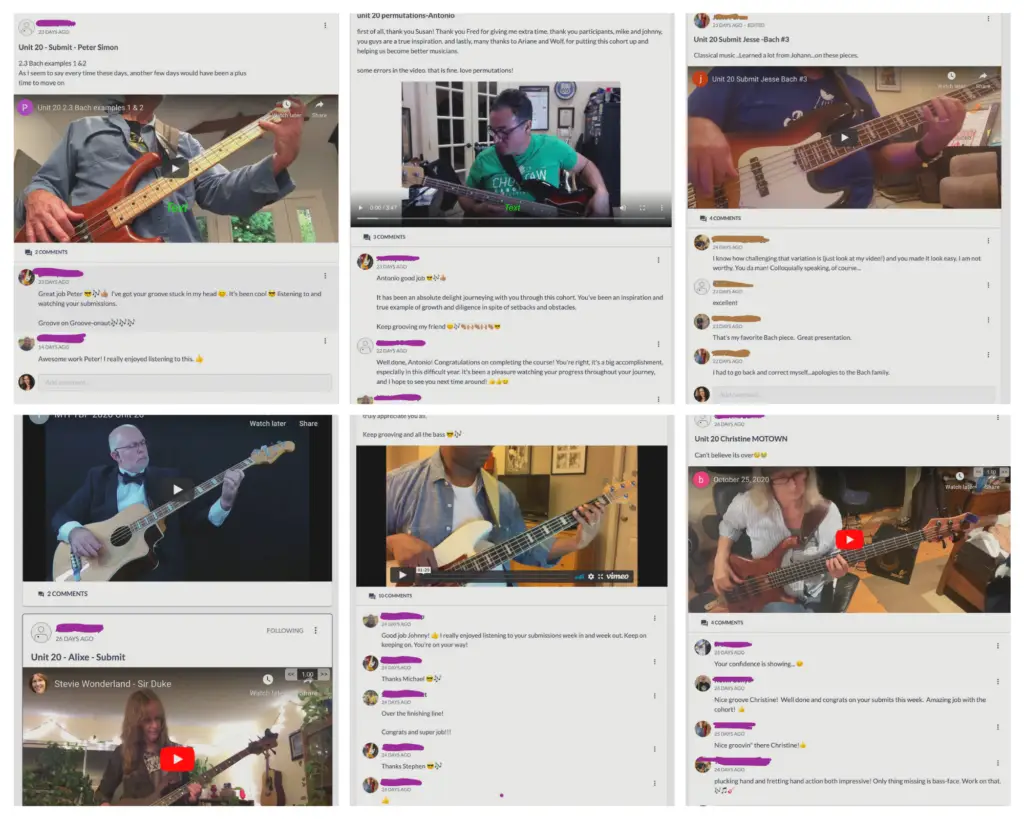Happy Holidays 2021!
This pandemic stuff has made for yet another hard year for so many.
I hope you and yours are doing well and are staying healthy and resilient.
As I am refreshing this post from last year I cannot help reflect on 2021. It has been an amazing year – we released a new book, ran a very successful Indiegogo Campaign, moved across the country into the house of our dreams, I finished my Master’s Degree and we created the new and massively successful and popular Practice Groups. I got to play on some amazing albums and tracks and we have some great new team members over here!
I enjoyed every minute of teaching, creating, writing and bassing with and for you! Thank you for being along for the ride here at arisbassblog!
Here is my yearly Silent Night solo bass greeting for you…
Here’s to a groovy 2022!
Ari and the A-Team (Wolf, Fred, Jessica, Carlo, Charylu, Karan, Howard, and the GrooveCats, Akai, Pebbles, and Momo)
Learn to Play Silent Night for Solo Bass
Easy Version: Just Melody and Bass: Silent Night Ariane Cap Solo Bass EZ Version
Full Version: Silent Night Full Version
Start the New Year by joining our New Year’s Cohort (starts January 13th 2022)
Do the Course with a community of friends, coaches, and homework…









